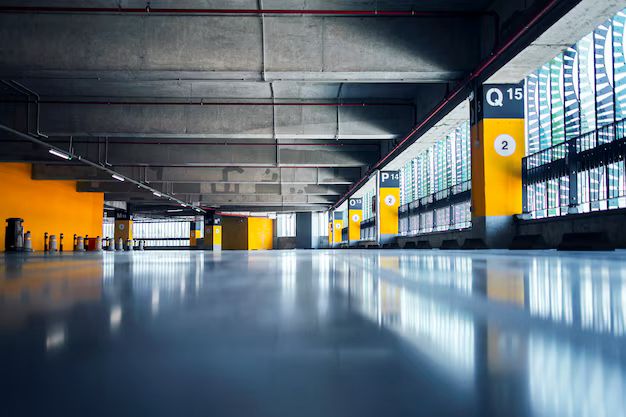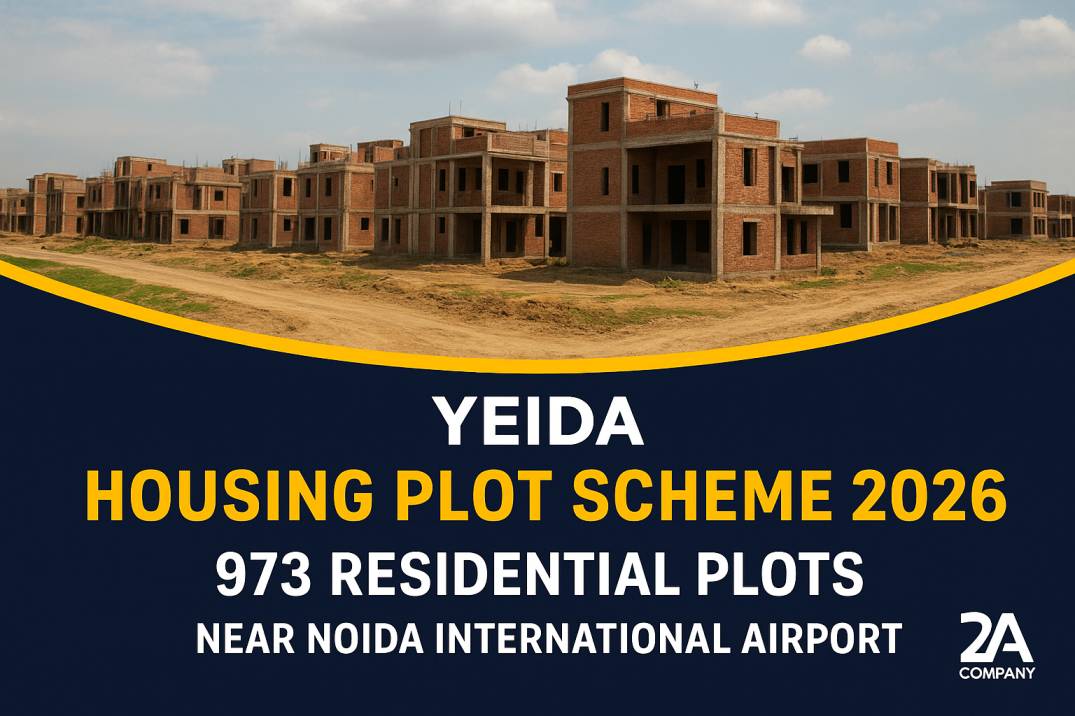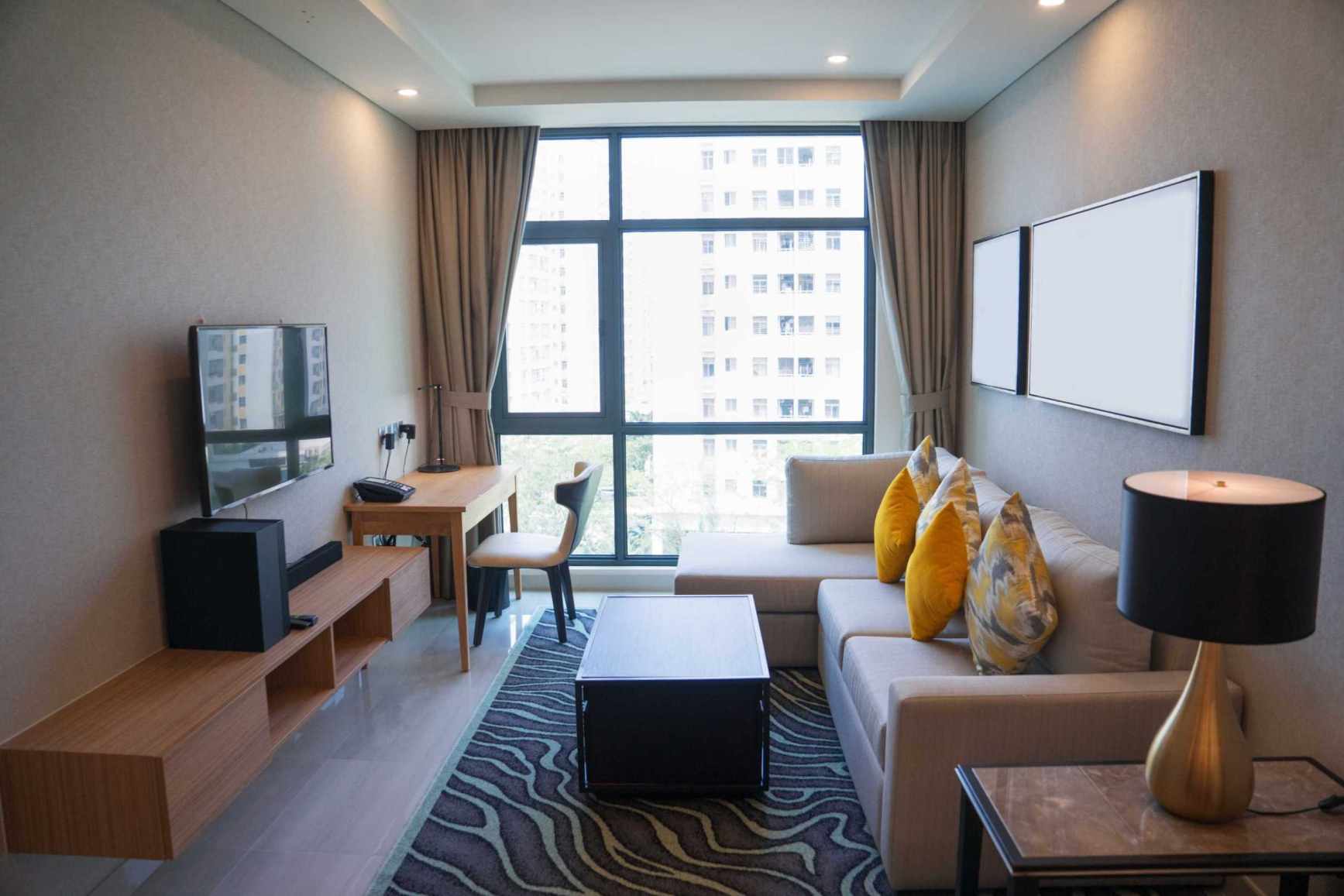

Upto 14-20% Returns Per Annum T/C* Applied*
Popup Title
This is a popup message.
- Amit Agarwal
- Investment-Advisory
How Haryana Government’s Ban on Stilt Plus Four Floors Impacts Real Estate
The Haryana government recently announced a ban on stilt plus four floors, a move that has sparked debates among developers, homebuyers, and property investors.
This decision primarily affects urban residential areas where multi-story buildings with stilt floors have become a common sight.
While the government’s aim is to regulate urban density and ensure better infrastructure, the ban has raised concerns about housing affordability and availability.
In this blog, we will explore the impact of this decision, understand what is stilt floor, the concept of stilt area, and what this change means for homebuyers and developers in Haryana.
Read More : Best Nakshatra For Griha Pravesh 2025
What is Stilt Floor?
A stilt floor refers to a partially open ground floor used for parking or common facilities in a multi-story building.
Unlike a traditional ground floor, a stilt area is supported by columns and does not have walls enclosing the space completely.
In many Indian cities, stilt floors are a popular feature in residential buildings as they provide parking space without occupying extra land.
However, the new ban in Haryana restricts buildings from having stilt plus four floors, meaning developers cannot construct four residential floors above a stilt floor anymore.
Stilt Floor Meaning in Hindi: स्टिल्ट फ्लोर वह मंजिल होती है जो इमारत के ग्राउंड फ्लोर पर होती है लेकिन पार्किंग या आम सुविधाओं के लिए उपयोग की जाती है।
Read More : Buy Home In Goa
Why Did the Haryana Government Ban Stilt Plus Four Floors?
The Haryana government has cited multiple reasons for banning stilt plus four floors, including:
1. Overcrowding and Increased Population Density
The rise of stilt 4 floors buildings has significantly increased population density in residential areas, leading to infrastructure stress. Roads, sewage systems, and water supply networks are struggling to keep up with the demand.
2. Lack of Parking Space & Traffic Congestion
While stilt area is meant for parking, many residents convert it into living spaces or commercial use, causing parking issues and leading to congestion on roads.
3. Structural Safety Concerns
Multi-story buildings constructed above a stilt floor may compromise structural integrity, increasing the risk of collapse during earthquakes or heavy rains.
4. Strain on Civic Amenities
Developers have used the stilt plus four floors model to maximize profits by adding more units in limited space, but this has led to pressure on public infrastructure like roads, drainage systems, and parks.
5. Complaints from Residents
Existing residents in plotted colonies have raised concerns about the excessive construction of stilt 4 floors, citing issues like reduced privacy, increased noise pollution, and overburdened shared facilities.
Impact of the Ban on Real Estate in Haryana
1. Limited Housing Supply
With restrictions on stilt plus four floors, the number of new residential units available for sale may decrease. This could lead to a potential rise in property prices due to lower supply.
2. Shift in Construction Trends
Developers will now have to focus on low-rise or mid-rise buildings instead of maximizing floors. This may also encourage plotted development or independent villas.
3. Impact on Affordability
Since stilt 4 floors allowed multiple families to own homes on a single plot, affordability was higher. The ban might push up prices, making it difficult for middle-income buyers to invest in property.
4. Change in Builder Floors Market
Builder floors constructed on stilt areas were a popular choice among homebuyers. With this ban, buyers will have to look for alternative property types such as apartments or villas.
5. Effect on Property Investors
Investors who purchased plots with plans to construct stilt plus four floors might see a decline in returns, as their development potential has been restricted.
Understanding Stilt Area: Key Regulations
1. What is Stilt Area?
Stilt area is the space on the ground floor that is left open except for columns, mainly used for parking. It does not count as a part of the Floor Area Ratio (FAR), making it an attractive option for developers to optimize land use.
2. Stilt Area Meaning in Hindi
स्टिल्ट एरिया वह खुला स्थान होता है जो भवन के आधार में होता है और मुख्य रूप से पार्किंग या कॉमन एरिया के लिए उपयोग किया जाता है।
3. Can Stilt Area Be Used for Commercial Purposes?
In most cases, no. However, some developers convert stilt areas into shops or other commercial spaces illegally, which contributes to urban congestion and is one of the reasons for the ban.
4. Can Builders Still Construct Stilt Floors?
Yes, stilt floors are still allowed, but developers cannot build four additional floors above them.
What Should Homebuyers Do Now?
If you are looking to buy property in Haryana after this new regulation, here are a few things to consider:
1. Check for Compliance
Ensure that the property follows the latest regulations and does not have stilt plus four floors, as unauthorized constructions may face legal action.
2. Consider Alternative Housing Options
With stilt 4 floors banned, buyers can explore apartments, independent houses, or plotted developments instead of builder floors.
3. Verify the Parking Facility
Since stilt area is meant for parking, ensure that the property you choose has sufficient legal parking space.
4. Look for Low-Density Housing
Areas with controlled construction regulations and low-density housing will offer a better quality of life with less congestion and better infrastructure.
How This Ban Affects Future Urban Planning
The Haryana government’s decision aligns with broader urban planning goals aimed at:
1. Reducing high-density developments that strain infrastructure.
2. Encouraging sustainable urban growth with better-planned housing projects.
3. Enhancing safety and disaster resilience in residential buildings.
Developers may now have to revise their projects, leading to better-planned communities with improved infrastructure support.
Conclusion: The Future of Real Estate in Haryana
The ban on stilt plus four floors is a major shift in Haryana’s urban development policies.
While it aims to improve infrastructure and quality of life, it also poses challenges for homebuyers and developers accustomed to high-rise builder floors.
If you are looking for property investments in Haryana, it is crucial to stay updated on the latest regulations and work with trusted developers who adhere to legal construction norms.
For expert guidance on Haryana real estate, contact 2A Company today and explore the best investment opportunities in compliance with the latest policies!
FAQs
1. Can I still buy a house with a stilt floor in Haryana?
Yes, but the house cannot have four additional floors above the stilt area as per the new ban.
2. Why did the Haryana government ban stilt plus four floors?
The ban aims to reduce overcrowding, infrastructure strain, and illegal use of stilt areas for non-parking purposes.
3. What happens to existing stilt plus four floors buildings?
The government has not yet clarified whether the rule applies retroactively, but unauthorized structures might face legal scrutiny.
4. How does this ban affect property prices?
It could lead to reduced housing supply, potentially driving up property prices in urban areas.
5. Can I use a stilt floor for residential or commercial purposes?
No, stilt area is meant for parking only, and its misuse has been one of the key reasons for the ban.
Stay informed and make wise property investment decisions with 2A Company!






